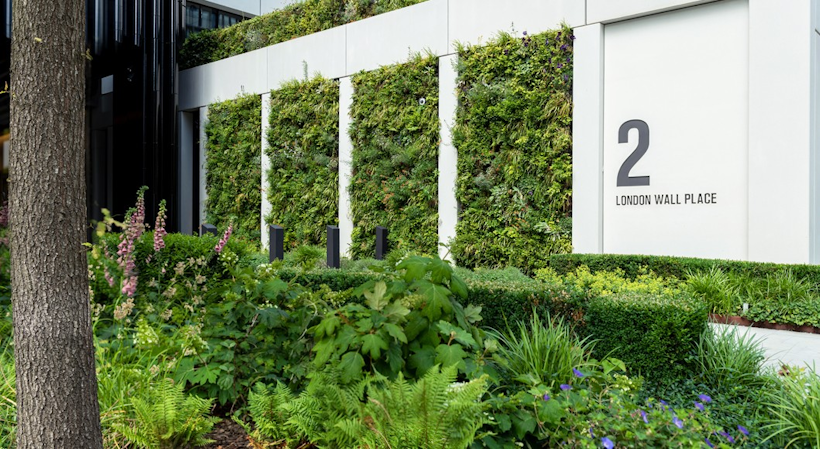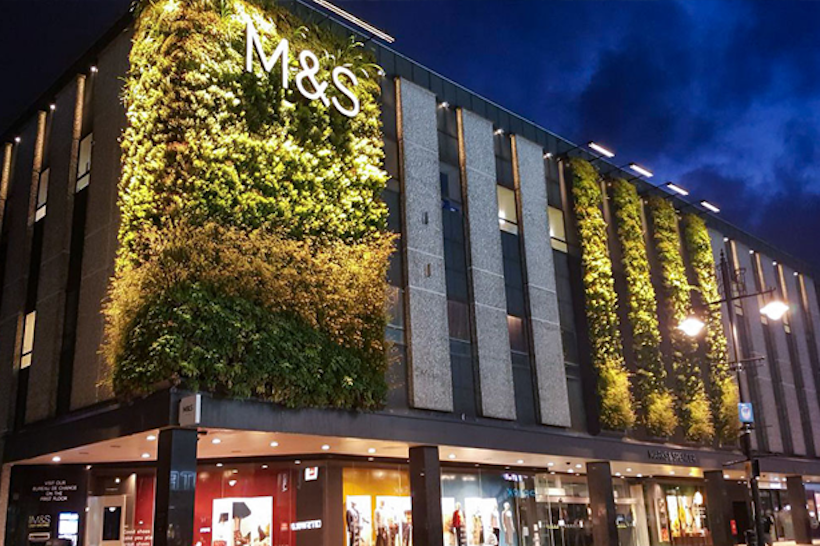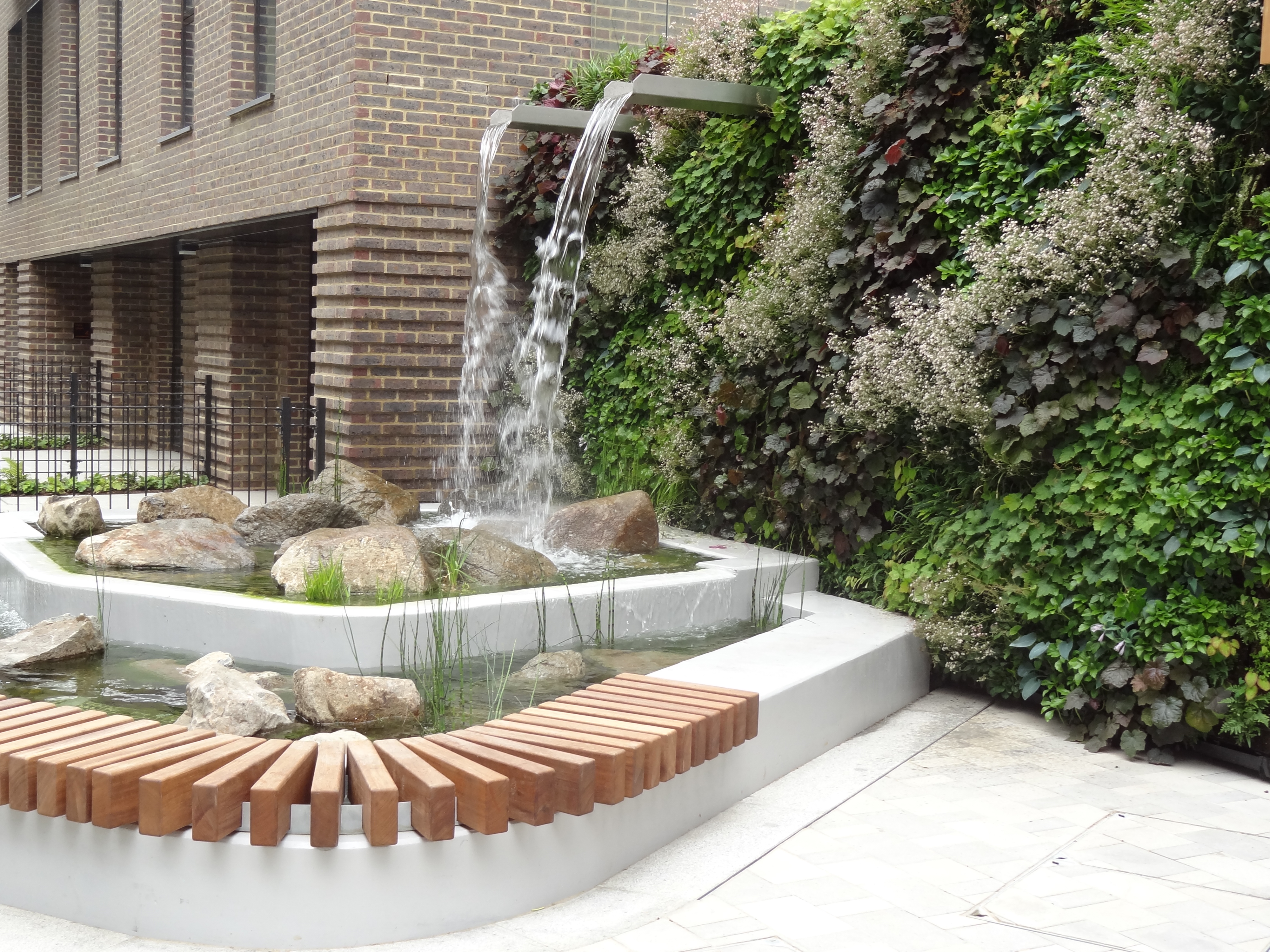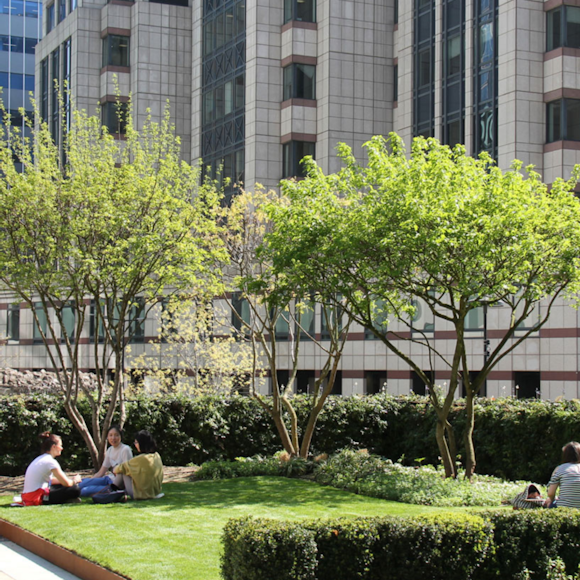Taking a holistic approach to urban development is crucial for building liveable cities. By taking into account the interdependence of environmental, social, and economic factors, we can create built environments that are not only environmentally responsible but also healthy, comfortable, and supportive of human well-being.
In this article, we will explore the various strategies and potential benefits of adopting a holistic and regenerative design approach to modern eco-architecture.
Holistic: What does it mean?
The term "holistic" refers to an approach that considers the whole system or entity as a complex interconnected network of parts that are intimately related and cannot be fully understood or treated in isolation. It emphasises the interdependence of all components and the importance of addressing them in a comprehensive manner to promote overall well-being and balance.
In this context, holistic approaches often prioritize a broad perspective that considers the physical, mental, emotional, and spiritual aspects of an individual, community, or system. Such approaches typically involve an integration of multiple disciplines and perspectives to achieve a more complete understanding and effective solutions to complex challenges.
Holistic design: an introduction
Holistic design aims to create a balanced and harmonious environment that promotes health, well-being, and sustainability. It considers the impact of the design on people's physical and emotional health, as well as its impact on the natural environment. This approach involves considering various factors such as the use of sustainable materials, energy efficiency, natural light, air quality, and the overall user experience.
Holistic design can be applied to various fields, including architecture, interior design, product design, and urban planning. It is often used in projects that have a social or environmental focus, such as healthcare facilities, schools, and sustainable housing developments. The goal of holistic design is to create environments that are not only aesthetically pleasing but also functional, sustainable, and beneficial for all users.
A holistic approach to environmental architecture
Environmental architecture is not a new design concept and has been around for centuries. In fact, many traditional building techniques were developed in response to the local climate and environment, such as adobe construction in hot, arid regions or steeply pitched roofs in snowy areas. However, with the advent of modern technology and the increased demand for energy, environmental considerations have often been overlooked in favour of more visually striking and technologically advanced designs.
In recent years, there has been a growing recognition of the importance of environmental considerations in architecture and the need for a more holistic approach to design. This is driven by a number of factors, including the urgent need to reduce greenhouse gas emissions and the increasing awareness of the health and well-being benefits of sustainable buildings.
Talking about the foundations of holistic architecture, Paolo Sassi, author of ‘Strategies for Sustainable Architecture’ writes:
"Considering the impact of buildings beyond their outline is the first step towards sustainable architecture. The selection and use of a development site affect a number of sustainability issues, including land use, the conservation of natural ecologies, flora and fauna, and the provision of natural spaces to enhance human well-being."
Taking a more holistic approach to environmental architecture means looking beyond just energy efficiency and considering the impact of a building on its surroundings and occupants. This involves designing buildings that work in harmony with the natural environment and promote the health and well-being of their occupants.

Holistic environmental architecture through Living Walls and Roofs
Encompassing the core principles of holistic environmental architecture involves consideration for the interconnectedness of environmental, social, and economic factors, to create buildings that not only function efficiently but also contribute to the health and well-being of their occupants and the natural world. This involves using passive design strategies, renewable energy sources, and sustainable materials that contribute to a circular economy.
In recent years, the incorporation of living walls and green roofs has become a popular and effective way to enhance the sustainability and regenerative potential of the built environment.
Living walls, also known as green walls, are vertical structures that are covered with native plants and vegetation. Green roofs, on the other hand, are roofs that are partially or completely covered with vegetation. Both living walls and green roofs provide numerous benefits, such as improving air quality, reducing energy consumption, mitigating urban heat island effects, and increasing biodiversity in urban areas.
By incorporating living walls and green roofs into buildings, architects and designers can take a more holistic approach to environmental architecture, improving the overall performance and sustainability of the building, while also contributing to the health and well-being of its occupants and the surrounding environment.

Holistic Environmental Architecture from Viritopia
Are you in the early stages of development? Are you looking to capitalise on environmental assets? Are you interested in learning more about living walls? Then look no further. Our team at Viritopia has you covered.
Viritopia has over 20 years of experience designing and maintaining biophilic infrastructure to create a detailed analysis of how a scheme will meet regulatory requirements. We help with a faster planning process and provide you with what’s needed to take your project to the next level. Head to our site to book a living wall consultancy or explore more about our green walls and their benefits.

